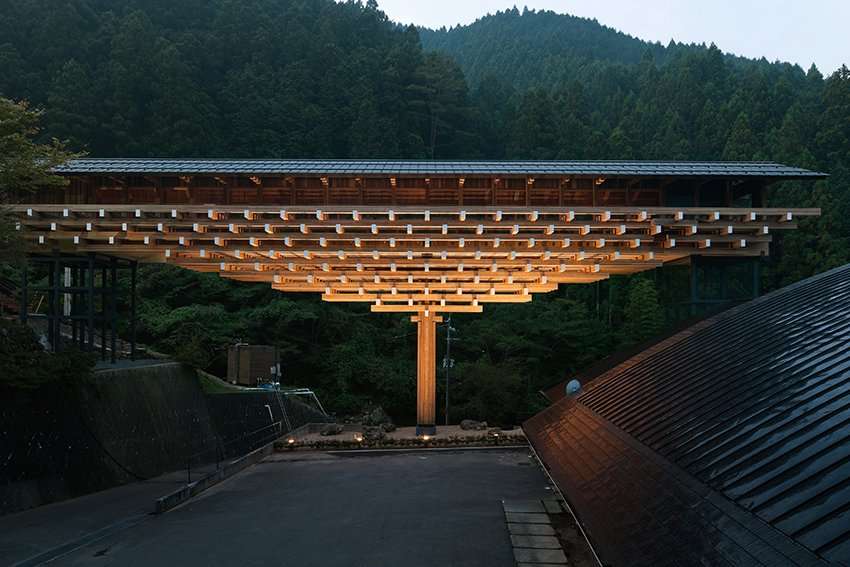Kengo Kuma designs “architectural accessories” for FENDI using washi, traditional Japanese paper
Italian fashion house FENDI launched a series of “architectural accessories” with Kengo Kuma, a Japanese architect known for using natural materials in his projects. He often tries traditional Japanese materials never used for architectural projects. One of them is washi (traditional Japanese paper), which turns out to be surprisingly strong.
Kuma used some of the washi varieties to design bags and sneakers for FENDI. But how was he able to realize such an idea?
FENDI Peekaboo, Baguette Soft Trunk and Flow
Kengo Kuma and washi, traditional Japanese paper
Washi is made of unique plants such as kozo and mitsumata that provide long and strong fibers. They hold the paper tight, and give washi unique thick and fiber-ly texture. (Just for comparison, modern paper is made of pulp with short fibers. That is why you can easily tear paper.) Leveraging its structural strength and beautiful texture, Kuma has been using different types of washi for his projects.
And one of the leap forward for Kuma to appreciate the potential of washi happened in the 90’s, when Japan was mired in the prolonged recession. There weren’t many major construction projects in Tokyo and other big cities, which weren’t ideal for architects. Kuma sought opportunities in small, local projects. One of such areas was Yusuhara, Kochi Prefecture. In a small, rural town that traditionally relied on forestry industry, Kuma designed a series of now-iconic projects including the Yusuhara Wooden Bridge Museum.
Rogier Uitenboogaart, a Dutch washi master who invented waranshi
It was in Yusuhara where he met Rogier Uitenboogaart, a Dutch washi mater living in the middle of a remote hill in Yusuhara. In the thick of nature, Uitenboogaart makes washi using a holistic approach. He grows kozo and mitsumata, the plants that provide long, strong fiber. He then process and finish them to make beautiful washi using traditional Japanese methods. At the same time, he infuses traditional European papermaking methods into washi by leveraging his roots. He invented ”和蘭紙 (waranshi),” which blended cotton and pulp to realize unique combinations of texture and strength. Kuma used waranshi to make bags and sneakers for FENDI.
Rogier Uitenboogaart appeared on Japanese TV
The Peekaboo series and “FENDI Flow” sneakers both use waranshi. It seems like waranshi is already used as lampshades and part of kimono fabric, but this may be the first time it’s used as a material for bags and sneakers.
Kuma inserted yet another Japanese details inside of the bag. Bamboo strips have been used to make baskets and other daily tools for hundreds of years. There is a method that use strips with random widths and length, and Kuma employed a similar approach to finish the inside of the bag.


















